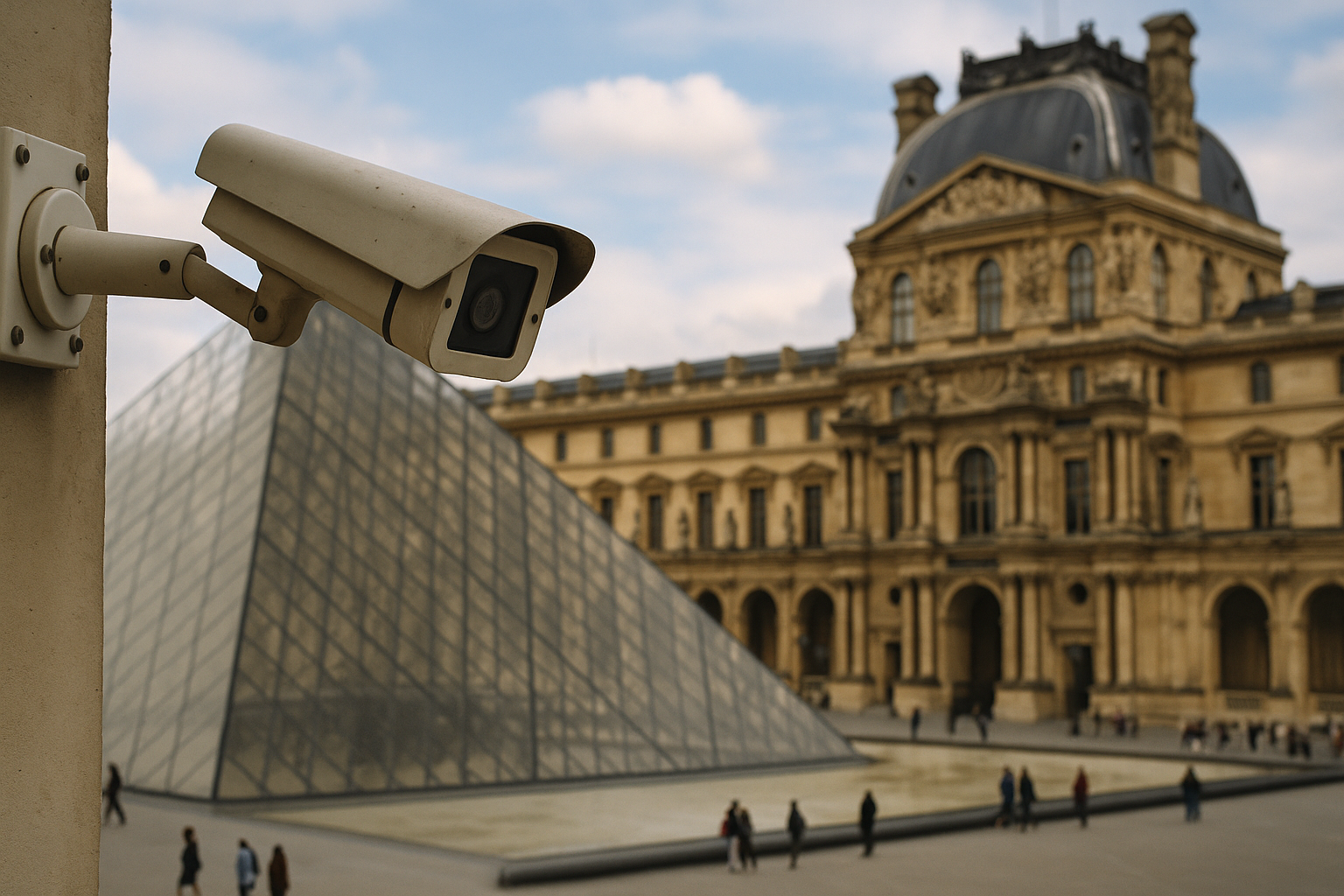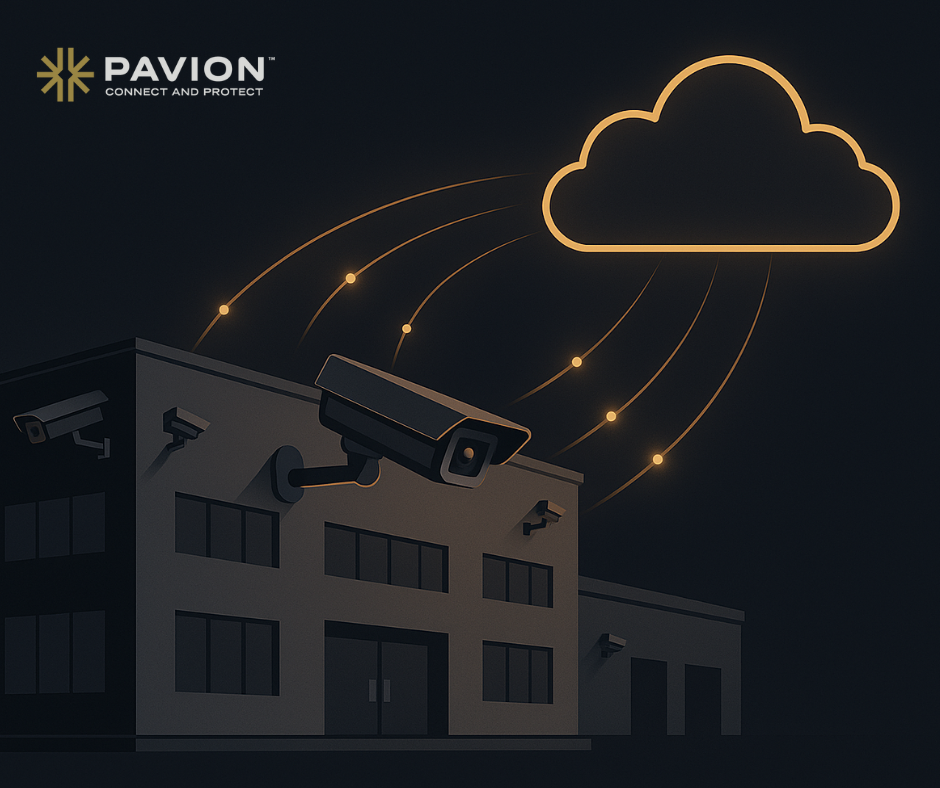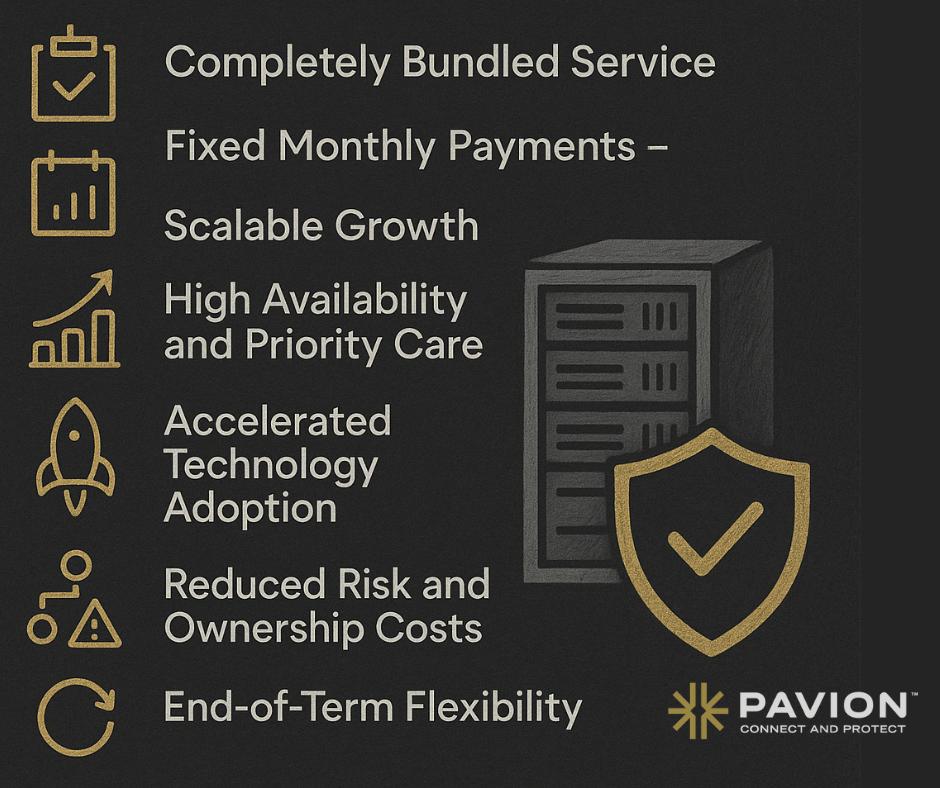
When Cameras Look the Wrong Way: What the Louvre Heist Reveals About Security Blind Spots
A stunning daylight jewel theft at the Louvre recently placed a global spotlight on something security professionals worry about every day. Even the most iconic and heavily visited museum in the world can be vulnerable if a single piece of the security puzzle is misaligned. In this case, investigators learned that a key exterior camera near the thieves’ entry point had been positioned away from the action. That small oversight created a huge window of opportunity.
It is a situation that makes organizations everywhere wonder about their own blind spots. What if the camera meant to protect your most valuable space is looking in the wrong direction. What if your system detects the threat only after the damage has begun.
Modern facilities can no longer rely on reactive surveillance. Criminals evolve. Their methods adapt. The environment is more connected and complex than ever before. When seconds matter, every component must work together to see and understand what is happening the moment it begins.
The Lesson for Security Leaders
The Louvre incident shows that risk often hides in the simplest places. A single misaligned camera. Outdated monitoring tools. Perimeter areas that fall outside the field of view. These gaps are quiet. They are easy to overlook. Yet they are exactly where threats thrive.
Strong protection requires:
• Complete situational awareness across every entry point
• Intelligent camera placement guided by real risk, not guesswork
• Regular audits and system optimization as buildings evolve
• Integration that connects alarms, video, and real time response
• Operational readiness for both traditional and emerging threats
Security programs that focus only on interior assets or highly visible areas can leave the perimeter exposed. Which is exactly where many incidents begin.
Peace of Mind Through Proactive Protection
The Louvre heist is a reminder that even prestigious, well-funded organizations can face avoidable risk when surveillance fails to see the full picture. Advanced systems do more than record. They anticipate. They alert. They protect precious assets and the people who move among them.
Confidence comes from knowing your cameras are positioned with intention and supported by intelligent detection behind the lens.
Because in the moments that matter most, it is what you see first that defines how you respond.


